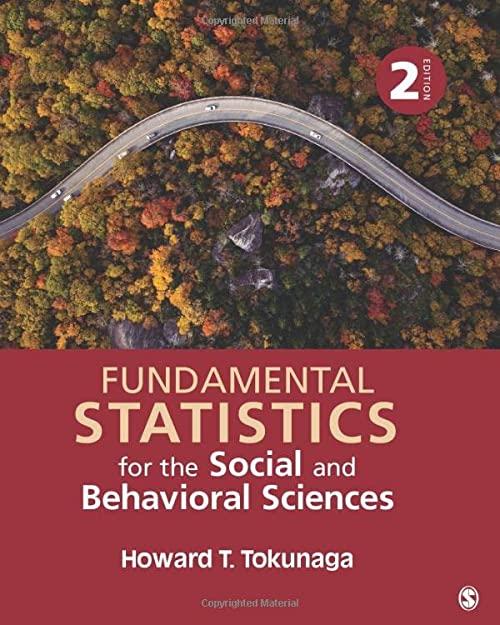An advertising agency is interested in learning how to fit its commercials to the interests and needs
Question:
An advertising agency is interested in learning how to fit its commercials to the interests and needs of the viewing audience. It asked samples of 41 men and 41 women to report the average amount of television watched daily. The men reported a mean television time of 1.70 hours per day with a standard deviation of .70. The women reported a mean of 2.05 hours per day with a standard deviation of .80 . Use these data to test the manager's claim that there is a significant gender difference in television viewing.
a. State the null and alternative hypotheses \(\left(\mathrm{H}_{0}\right.\) and \(\left.\mathrm{H}_{1}\right)\).
b. Make a decision about the null hypothesis.
(1) Calculate the degrees of freedom \((d f)\).
(2) Set alpha \((\alpha)\), identify the critical values (draw the distribution), and state a decision rule.
(3) Calculate a value for the \(t\)-test for independent means.
(4) Make a decision whether to reject the null hypothesis.
(5) Determine the level of significance.
c. Draw a conclusion from the analysis.
d. What are the implications of this analysis for the advertising agency?
Step by Step Answer:

Fundamental Statistics For The Social And Behavioral Sciences
ISBN: 9781506377476
2nd Edition
Authors: Howard T Tokunaga




